Mar 28, 2023
Author:Lisa Martinez
Feeding your dog is one of the most important responsibilities of being a dog owner. A proper feeding schedule can help maintain your dog's digestive health, prevent overeating, and even affect their behavior.
In this article, we will discuss the things you should know about the importance of a dog feeding schedule, how much and how often to feed your dog, and how to create a feeding schedule for dogs. Let's get started:
Creating a feeding schedule for your dog is important for maintaining their overall health and well-being. Feeding your dog at random times throughout the day or leaving food out all the time can lead to overeating, weight gain, and other health issues. Establishing a regular feeding routine is not only beneficial for your dog's physical health but also for their mental health.
One of the main reasons why creating a feeding schedule for your dog is important is because it helps regulate their appetite. When dogs are fed at the same time every day, they become more accustomed to their routine and are less likely to beg for food or become overly hungry between meals. This can also help prevent overeating, which may lead to obesity and other health problems.
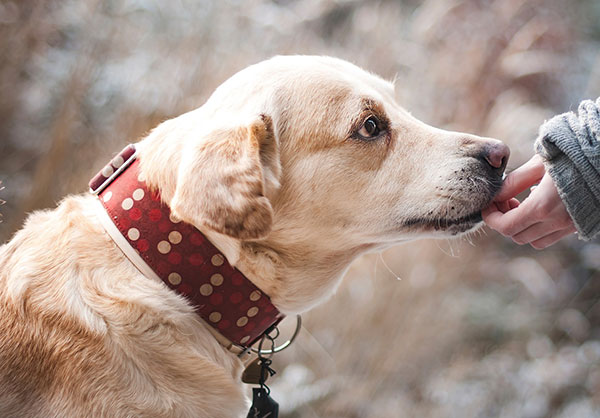
Dogs thrive on routine and consistency, and this applies to their feeding habits as well. Feeding your dog at the same time every day can help regulate their digestive system and prevent issues such as vomiting, diarrhea, and constipation.
When dogs are fed on a regular schedule, they are more likely to be calmer and more relaxed in between meals. This can make it easier to train them and prevent destructive behavior such as chewing or digging.
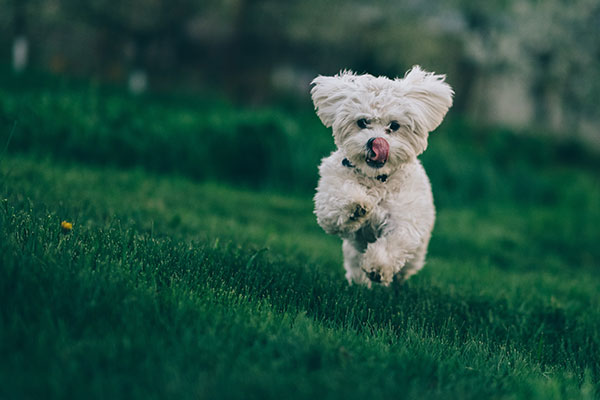
Creating a feeding schedule for your dog is also important for monitoring their health. When you know exactly when and how much your dog is eating, it can be easier to identify any changes in their appetite or behavior that may be indicative of an underlying health issue. This can help you catch potential health problems early and seek treatment before they become more serious.
When creating a feeding schedule for your dog, it's important to consider their individual needs and lifestyle. Some dogs may require more frequent meals due to their size, age, activity level, or health condition.
Feeding your dog the right amount and at the right time is crucial to maintaining their overall health and well-being. Generally, dogs should be fed 1-2 meals per day, depending on their age, size, and activity level. Puppies need to eat more frequently, usually three to four times a day, while adult dogs can go without food for longer periods.
The frequency of feeding can also depend on your dog's lifestyle. If your dog is highly active and burns a lot of energy, they may need to eat more often than a less active dog. On the other hand, if your dog is older or has health issues, they may require smaller, more frequent meals throughout the day.
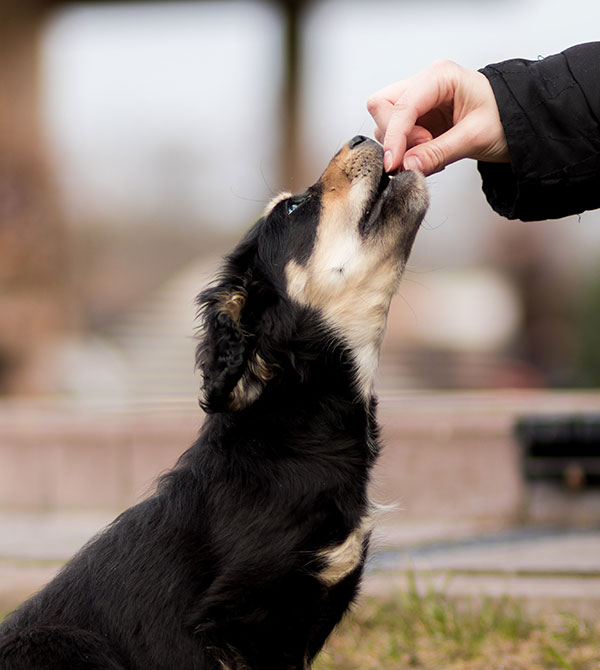
It's important to establish a regular feeding schedule for your dog and stick to it as much as possible. This will not only help them maintain a healthy weight, but it can also prevent digestive issues and behavioral problems.
As for specific feeding times, it's generally recommended to feed your dog in the morning and in the evening, with at least 12 hours between meals. For example, if you feed your dog at 7 am, you should wait until at least 7 pm to feed them again. This allows enough time for their digestive system to properly process the food.
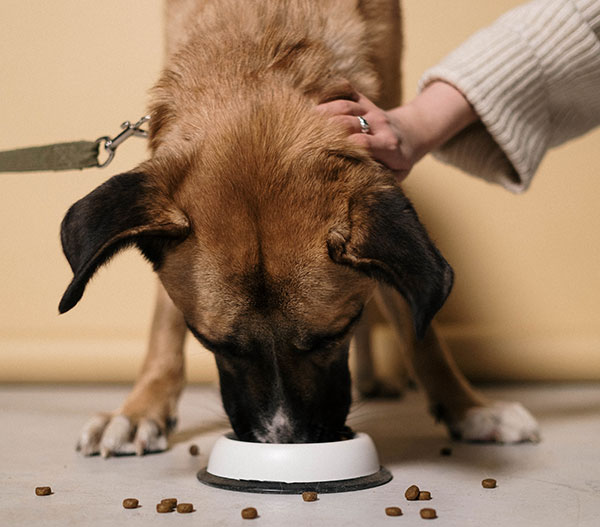
It's also important to consider any special dietary needs your dog may have, such as allergies or medical conditions that require a specific feeding schedule. Always consult with your veterinarian for guidance on how often and how much to feed your dog based on their individual needs.
Overall, finding the right feeding frequency and schedule for your dog is important for their health and happiness. With a little research and consultation with your vet, you can ensure that your dog is getting the optimum nutrition they need to thrive.
Feeding your dog the right amount of food is essential for their overall health and well-being. Different dog breeds have different nutritional requirements. The amount of food your furry pal needs to consume depends on many factors, including:
●Age: Puppies require more frequent and smaller meals than adult dogs. As they grow older, the amount of food they need will increase. Generally, puppies should be fed 3 to 4 times a day until they are six months old. After that, you can start feeding them two meals a day.
●Size: The size of your dog plays a significant role in how much they should eat. Large breed dogs require more food than smaller dogs because they have a higher metabolic rate.
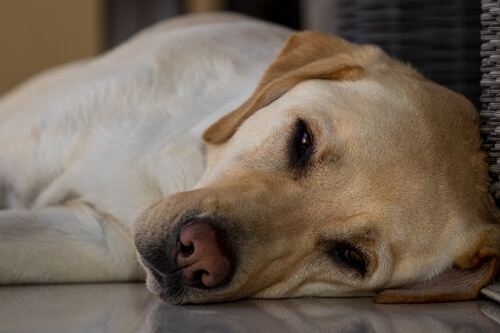
●Health Conditions: If your dog has any health problems, they may require a special diet or specific feeding instructions. Certain health conditions, such as diabetes or thyroid problems, may require specific dietary needs to help manage their blood sugar levels. Your vet can help you determine the appropriate food intake for your dog if they have a health condition.
●Breed: Some breeds are more prone to obesity than others, and therefore require closer monitoring of their food intake. Some breeds like Siberian Huskies and Alaskan Malamutes were bred to work and have high energy levels, so they require more calories to maintain their health and vitality.

●Body Condition: Dogs who are overweight or underweight may require a different amount of food than those who are at an ideal weight. It's vital to monitor your dog's weight to adjust their food intake accordingly. Overfeeding can lead to obesity, which can cause a range of health problems.
It's important to remember that these are general guidelines and every dog is different. You should always consult with your veterinarian to determine the right amount of food to feed your dog based on their individual needs. Also, it's important to monitor your dog's weight and adjust their food intake as needed to maintain a healthy weight.
As a responsible pet owner, it's important to ensure that your dog is being fed properly and on a consistent schedule. A proper feeding schedule can help regulate their digestive system, maintain their energy levels, and prevent overeating.
One way to make sure your dog is getting their meals on time is by using an automatic feeder. The WOpet dog automatic feeder is a great option for busy pet owners who want to make sure their dog is getting their meals on time. The WOpet dog automatic feeder is a convenient and reliable tool that can help ensure that your dog is getting their meals on time and in the right portion size.
Here's how to create a feeding schedule for dogs using the WOpet dog automatic feeder.
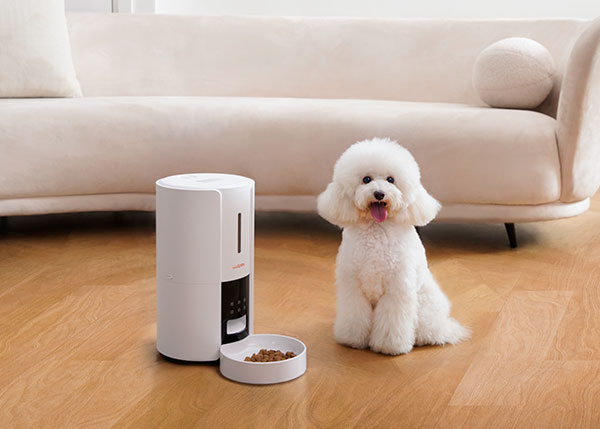
Before setting up a feeding schedule, it's important to determine your dog's nutritional needs. Depending on their age, breed, size, and activity level, they may require different amounts and types of food. Consult with your veterinarian to determine the appropriate feeding guidelines for your dog.
Once you have determined your dog's nutritional needs, it's time to set up the WOpet dog automatic feeder. The WOpet feeder has a programmable timer that allows you to set up to four meals a day. You can also choose the portion size for each meal, which is especially useful for dogs that tend to overeat.
To set up the WOpet feeder, first, make sure it's plugged in and turned on. Then, select the feeding time and portion size using the control panel. It can control food portions from 2 teaspoons to 4.5 cups per feeding. Once you have programmed the feeder, fill the food container with your dog's food. Make sure to use high-quality dog food that meets their nutritional needs.
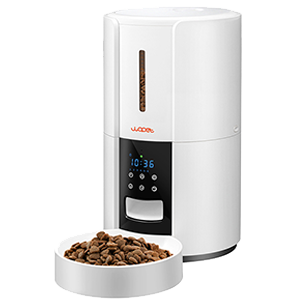
It's important to introduce your dog to the WOpet feeder slowly. Start by placing the feeder near their regular feeding spot and allowing them to explore it. Once they are comfortable, turn on the feeder and let them watch as it dispenses their food. Be patient and give them time to get used to the new feeding routine.
Once your dog is comfortable with the feeder, it's important to monitor their feeding schedule to ensure that they are getting the proper amount of food. Check the feeder regularly to make sure it's dispensing food properly and that your dog is eating their meals on time.
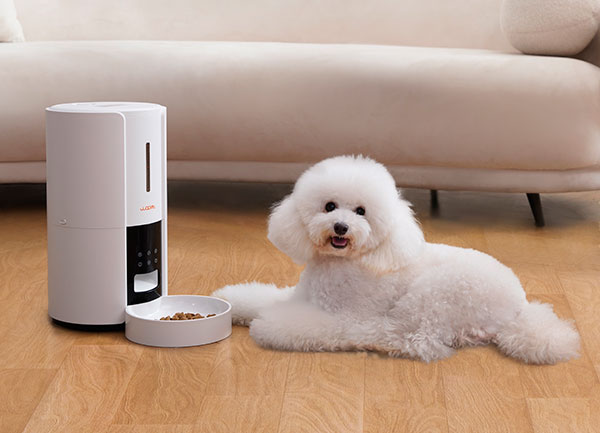
As your dog's nutritional needs change, you may need to adjust their feeding schedule. You can also keep your pet excited about meal times by recording a custom message for your pet. Consult with your veterinarian to determine if any changes are necessary and adjust the feeder accordingly.
By following these steps and using the WOpet feeder, you can help keep your dog healthy, happy, and well-fed.
The time you feed your dog in the morning depends on their age, size, and activity level. Generally, it's recommended to feed adult dogs in the morning and evening, while puppies may need to be fed more frequently.
Giving your dog a snack between meals is not necessary, but it's okay as long as it's done in moderation. Treats and snacks should be given in addition to their regular meals and should not exceed 10% of their daily caloric intake.
Dogs do not necessarily need both wet and dry food. Both types of food can provide the necessary nutrients for your dog's health, but it's important to choose a high-quality food that meets their nutritional needs.
Popular Post

What to Feed a Sick Dog With No Appetite? [2025 Guide]
May 16, 2023
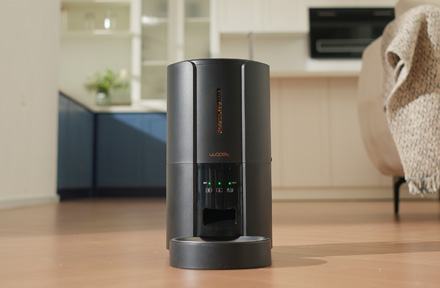
Troubleshooting Common Issues with Automatic Pet Feeders: Tips & Tricks for Pet Owners
Oct 26, 2023

Why Does My Cat Cough After Drinking Water? 8 Potential Reasons
Mar 13, 2023
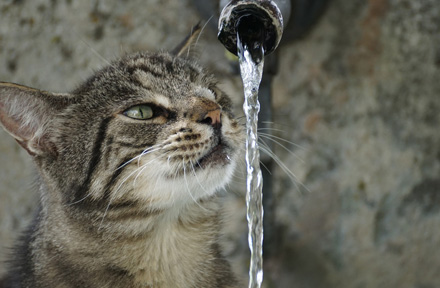
Why is My Cat Throwing up Water? Top 5 Causes Here
Feb 08, 2023

My Cat Only Eats A Little at A Time - What to Do?
Feb 27, 2023
$99.99
$129.99
Copyright © 2025 WOPET. All Rights Reserved.